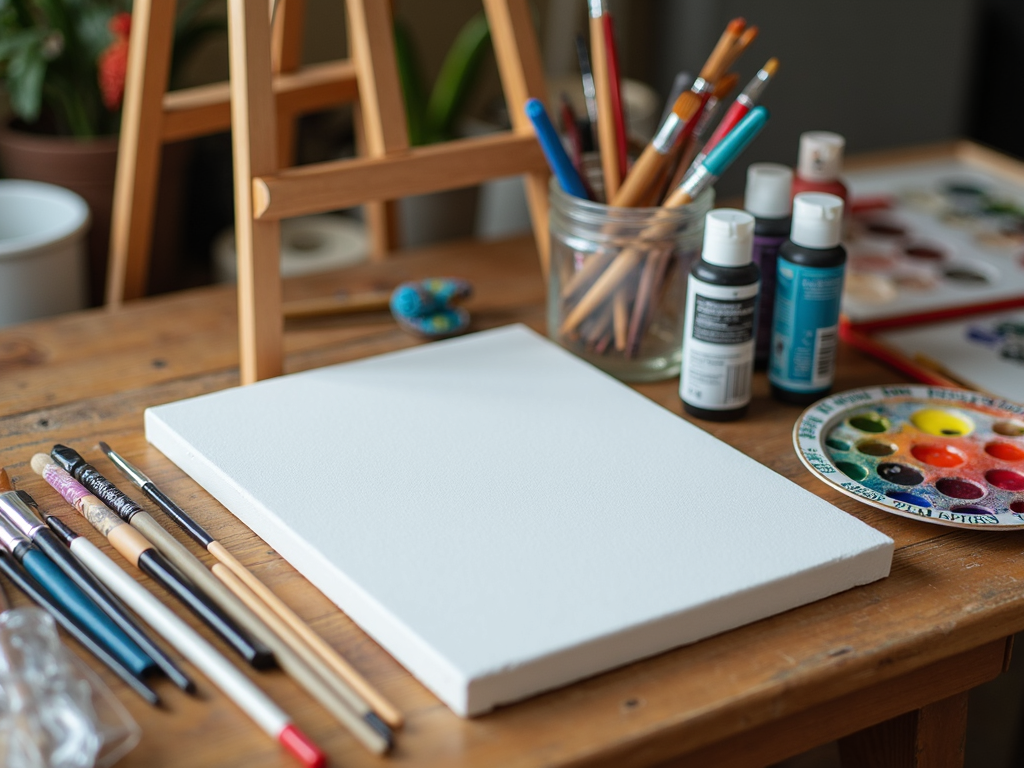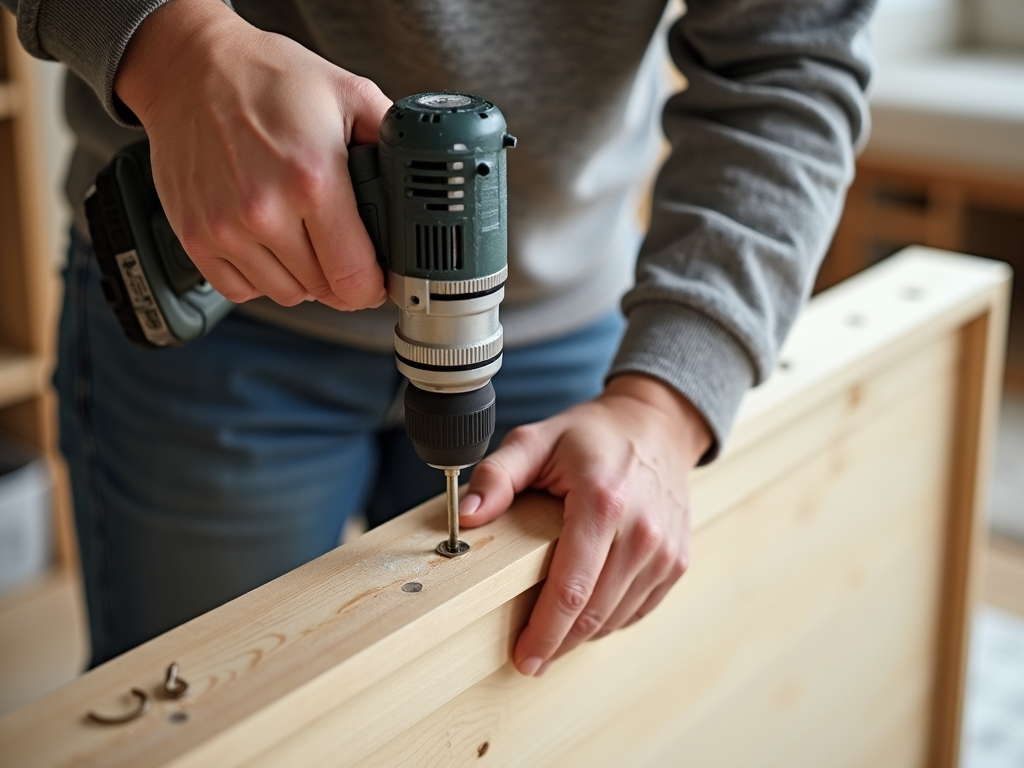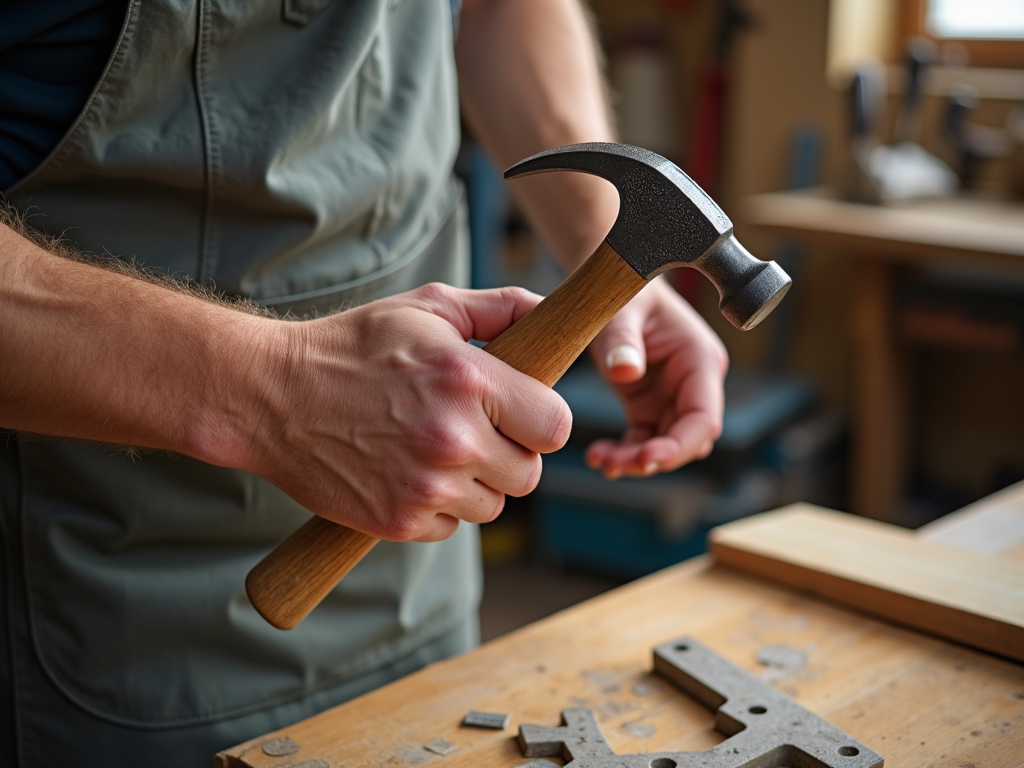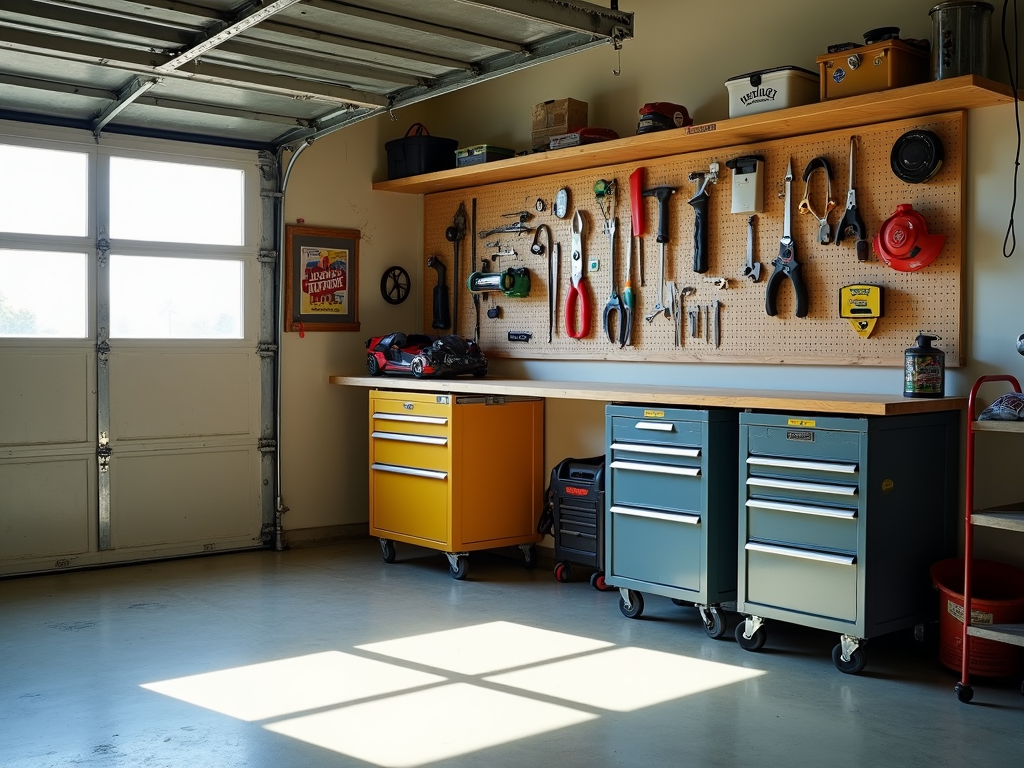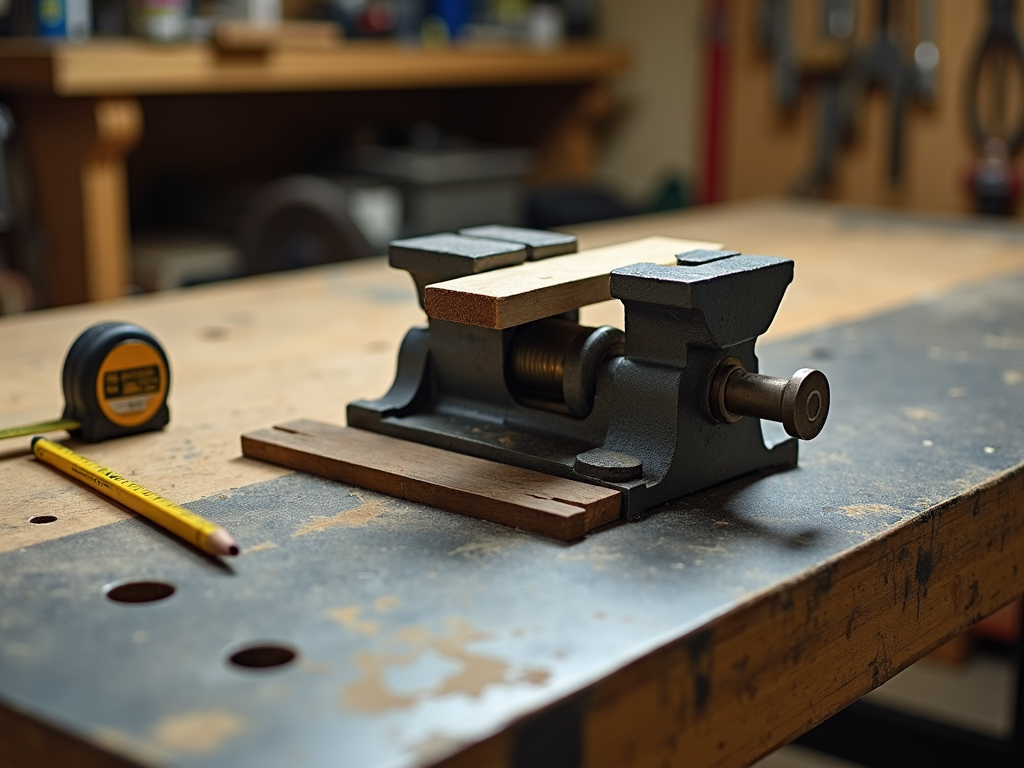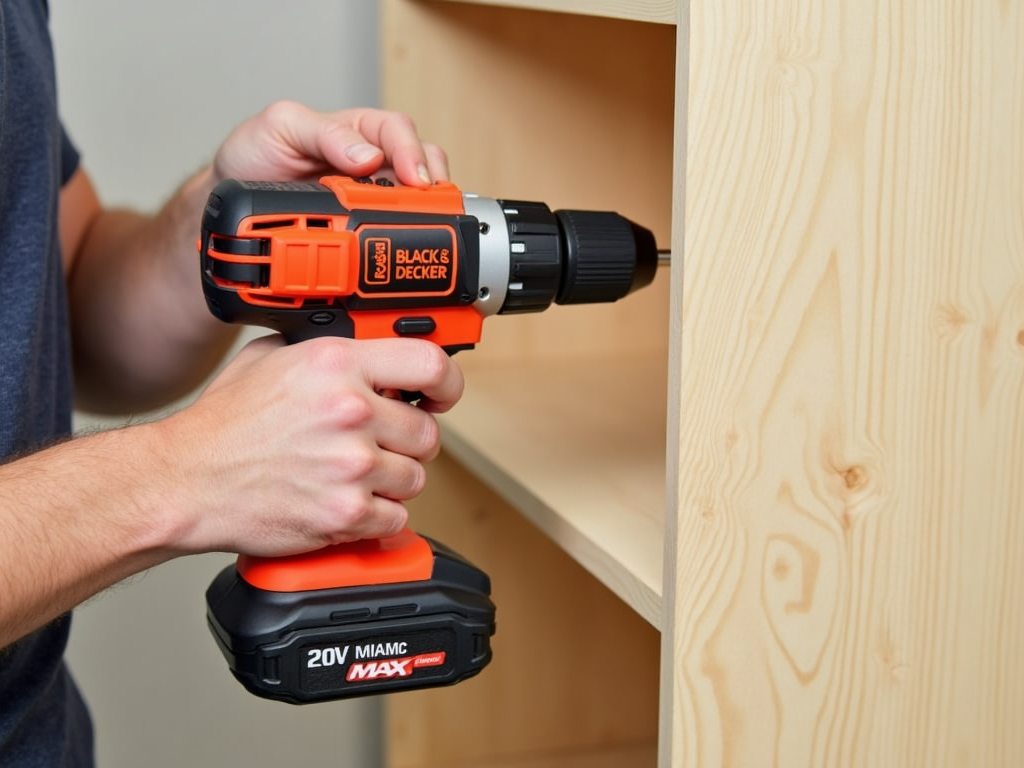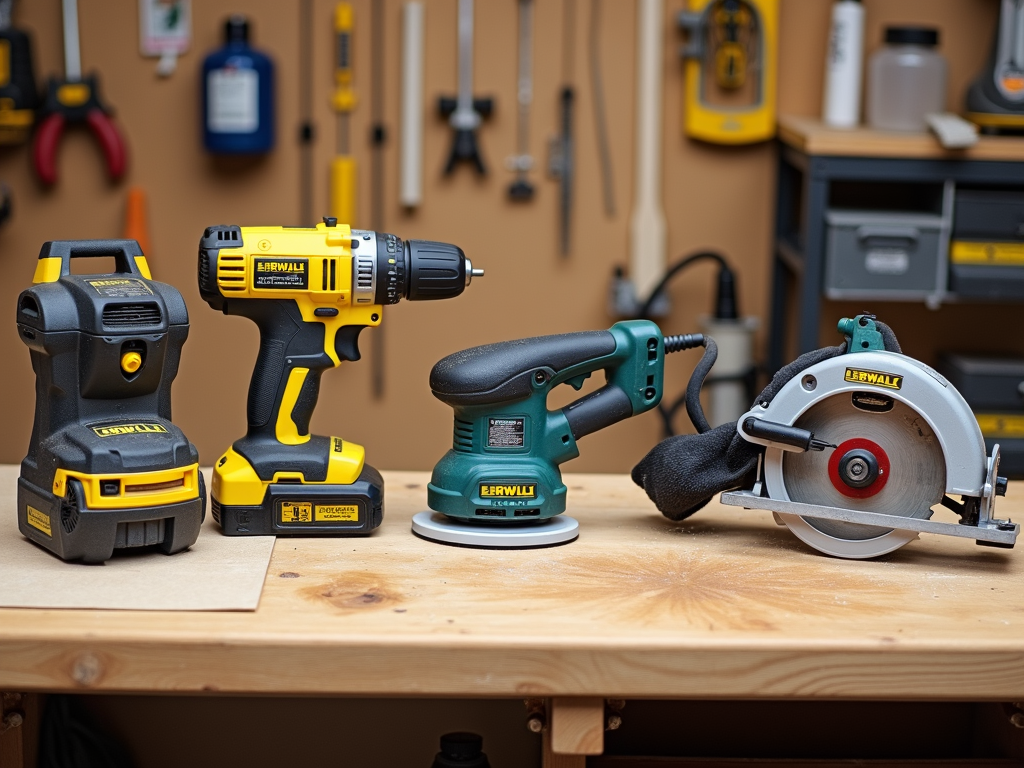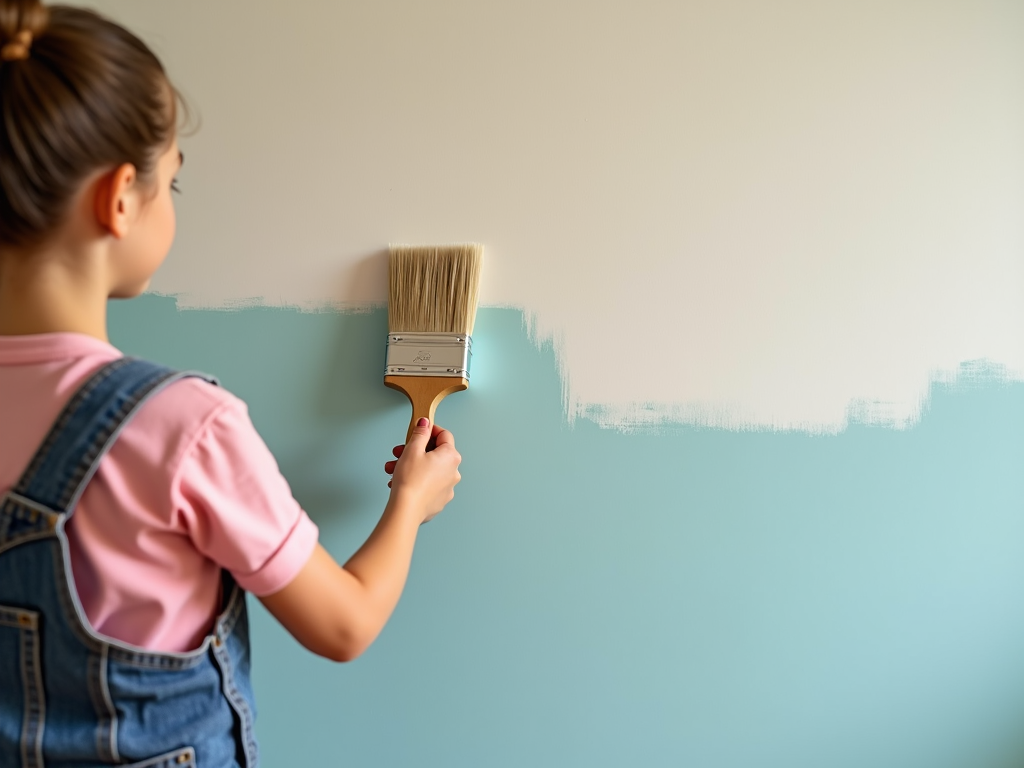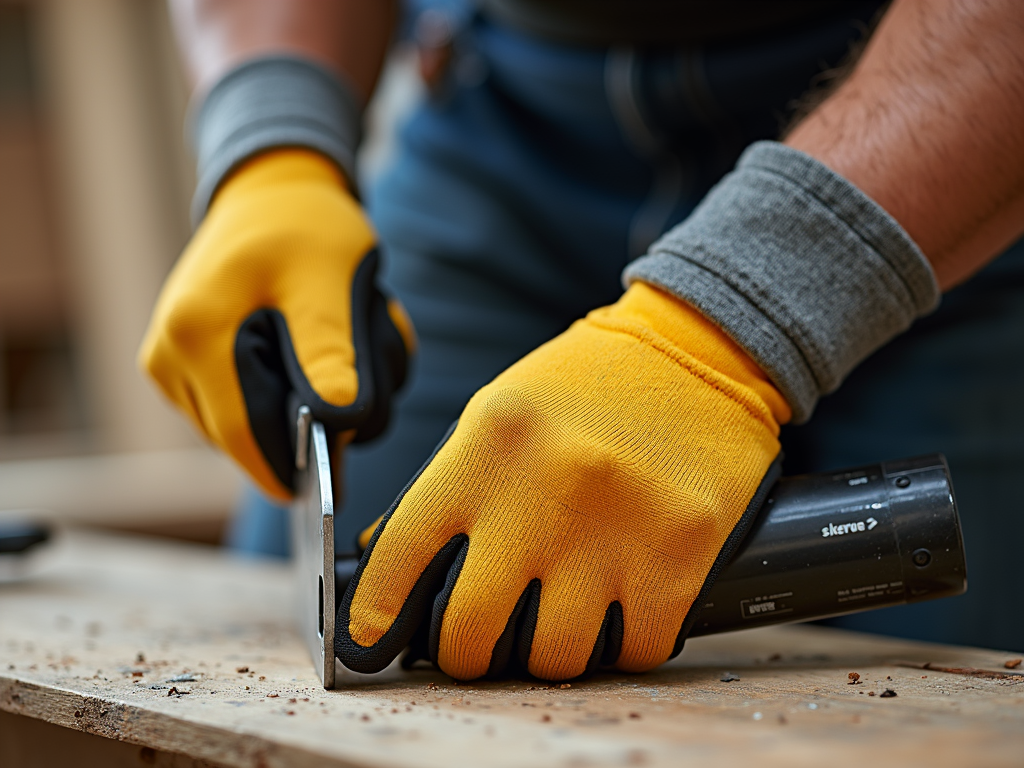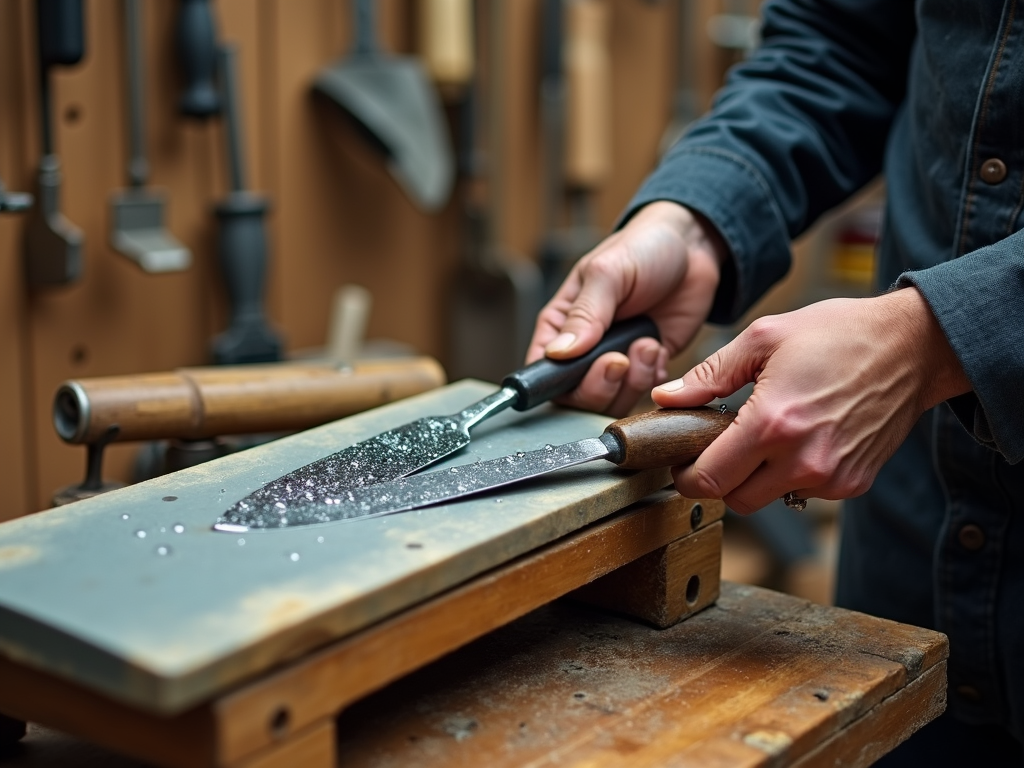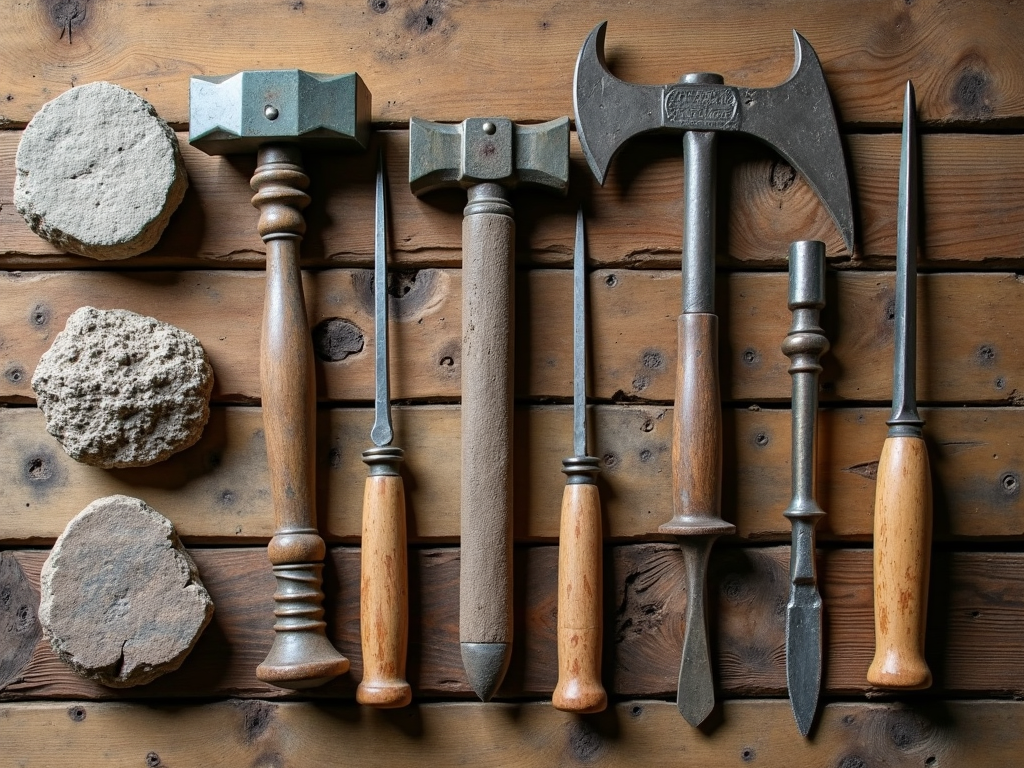Overview
Advanced brush techniques can transform your artwork, adding depth, texture, and emotion. These skills go beyond basic strokes, offering artists new ways to express creativity. Whether you're a beginner or a pro, mastering these methods can take your paintings to the next level.
Why Advanced Brush Techniques Matter
Basic brush strokes are a starting point, but Advanced Brush Techniques for Artists unlock a world of possibilities. They let you create effects that grab attention and tell a story. I’ve seen my own work improve dramatically after practicing these skills, and I’m excited to share them with you.
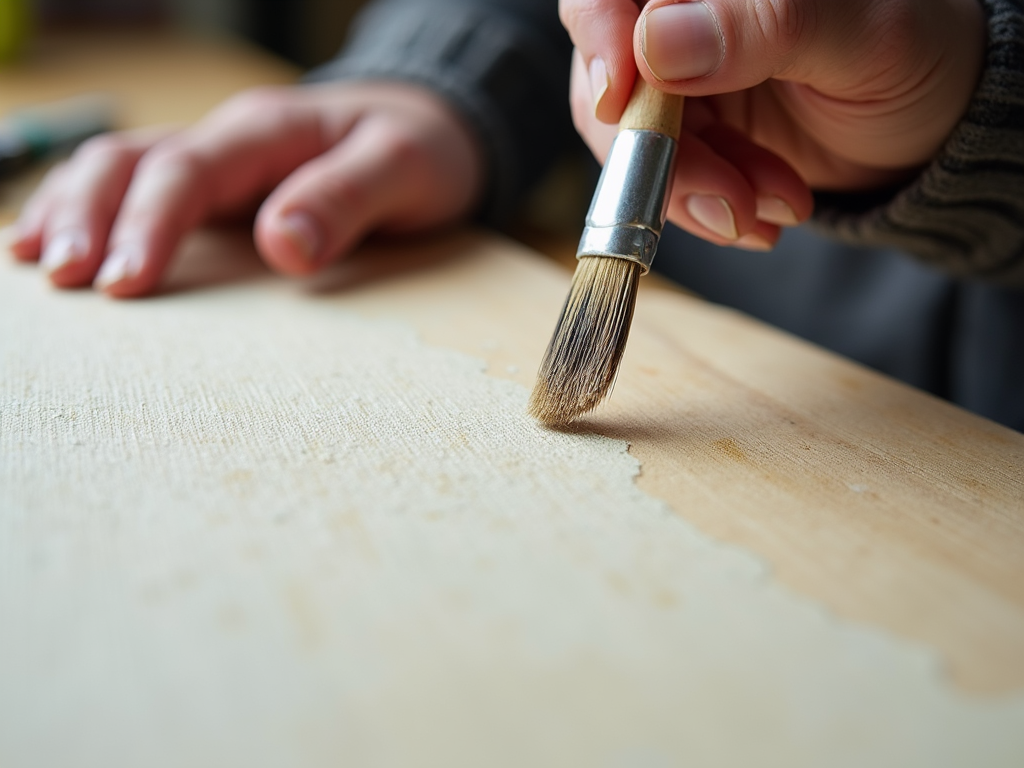
Dry Brushing: Adding Texture with Control
Dry brushing is a favorite of mine for building texture. Dip your brush in paint, then wipe most of it off on a paper towel. Lightly drag the brush over your canvas. You’ll get a rough, scratchy look—great for landscapes or weathered effects. I first tried this on a tree painting, and it brought the bark to life. Use a stiff brush and practice the pressure to get it just right.
Wet-on-Wet Blending: Smooth Color Transitions
For soft gradients, try wet-on-wet blending. Paint a wet base layer, then add another color before it dries. Blend the edges with a damp brush. It’s perfect for skies or water. I struggled with this at first—too much paint made it muddy—but patience paid off. Check out color theory basics from Artsy to understand how colors play together.
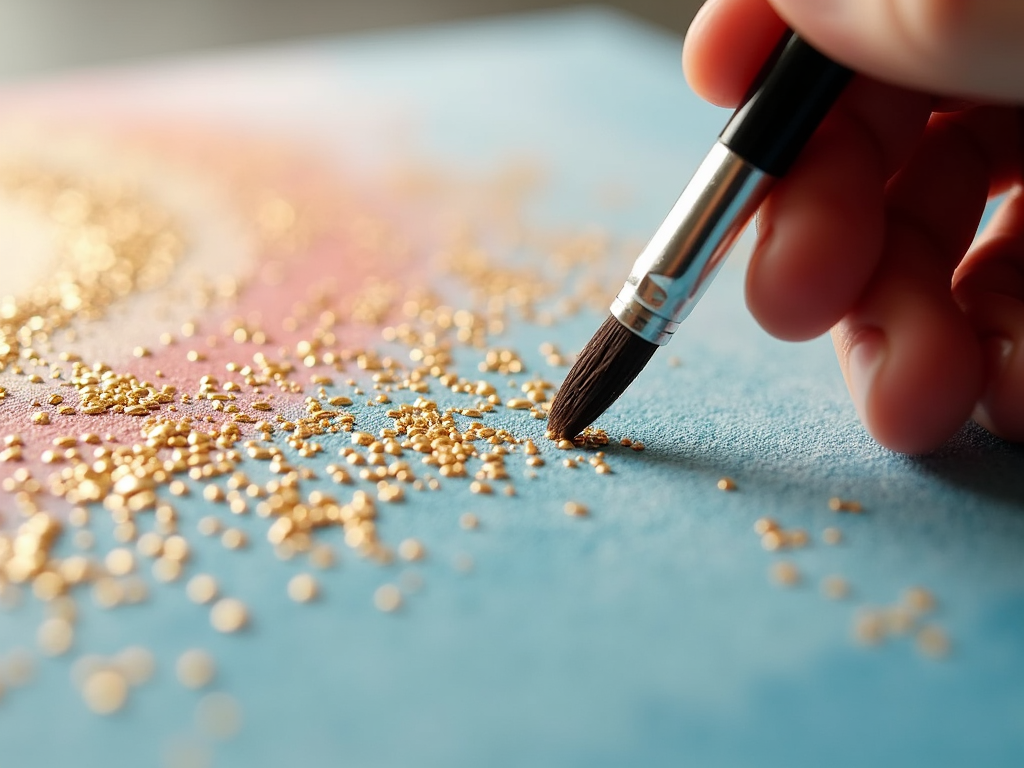
Stippling: Precision and Patience
Stippling uses tiny dots to build detail. Dab the tip of your brush onto the canvas, layering dots to create depth. It’s slow but amazing for things like fur or leaves. I once spent hours stippling a bird’s feathers—tiring, but the result was worth it. Start with a small, firm brush and test your pattern first.
Scumbling: Soft and Hazy Effects
Scumbling adds a dreamy quality to your work. Apply a thin layer of paint over a dry base using a dry brush in circular motions. It’s awesome for misty backgrounds or softening edges. I love how it gives my paintings a sense of distance. Less is more here—too much paint ruins the effect.
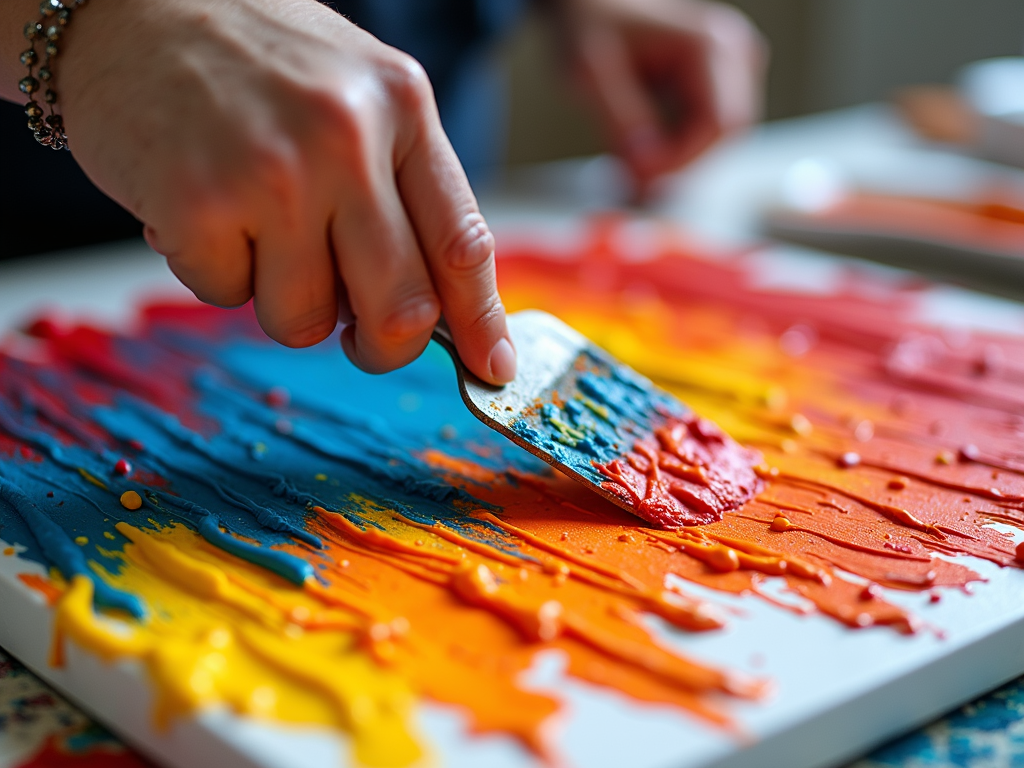
Innovative Painting Tools for Efficiency
Brushes aren’t the only game in town. Innovative painting tools for efficiency like palette knives can create thick, bold strokes. Sponges work for soft textures, and toothbrushes splatter paint for fun effects. I’ve mixed these into my routine, and they’ve saved time while adding flair. See more ideas at Artists Network.
DIY Painting Hacks for Perfect Results
You don’t need fancy gear—try these DIY Painting Hacks for Perfect Results:
- Custom Brushes: Snip an old brush into a new shape.
- Texture Tricks: Press crumpled foil into wet paint.
- Masking: Use a toothpick with masking fluid for sharp lines.
I’ve saved cash and gotten unique results with these. Experiment and see what works for you!
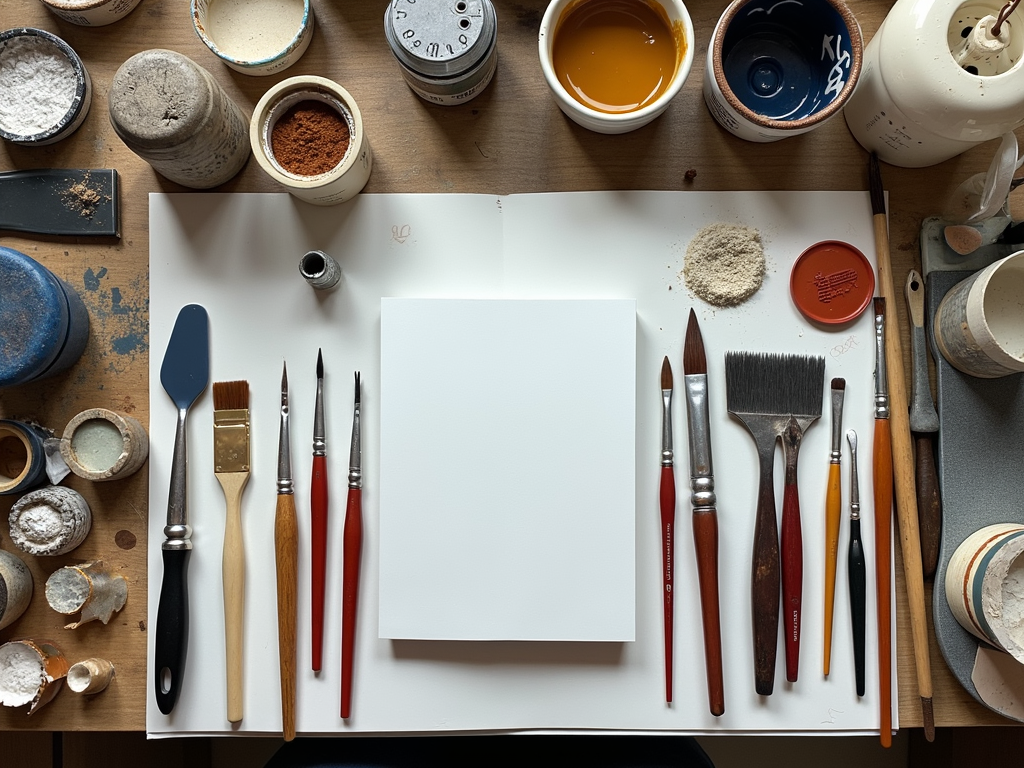
Master Your Brush: Top Painting Techniques to Try
To really Master Your Brush: Top Painting Techniques to Try, combine these methods. Dry brushing pairs well with scumbling for textured backgrounds. Wet-on-wet and stippling can detail a smooth base. I’ve mixed them in one piece before, and it felt like unlocking a cheat code. Play around and find your flow.
How to Practice Effectively
Practice is key. Grab a cheap canvas and test each technique. Don’t aim for perfection—just get comfortable. I keep a sketchbook just for experiments, and it’s helped me grow fast. Focus on one skill at a time, then blend them into your real projects.
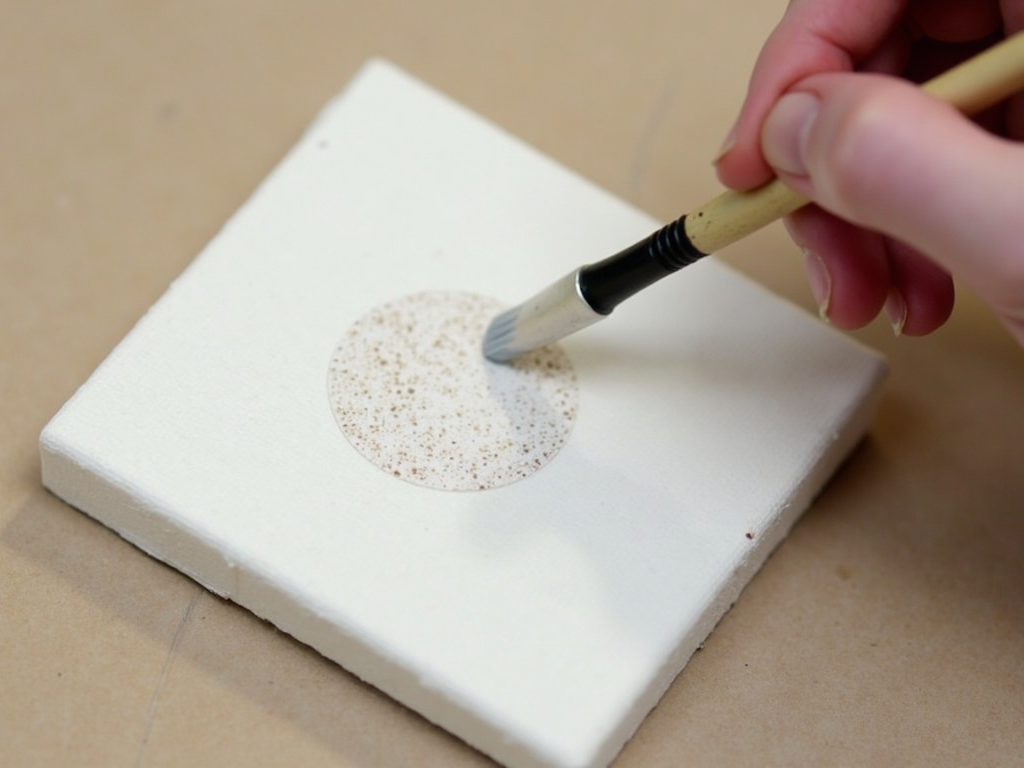
Common Mistakes to Avoid
Watch out for these slip-ups:
| Mistake | Fix It |
|---|---|
| Too much paint | Wipe excess off first |
| Rushing blending | Work while paint is wet |
| Overworking dots | Plan your stippling pattern |
I’ve messed up all of these—learning the hard way builds skill!
Choosing the Right Painting Tools
Your painting tools matter. Stiff brushes work best for dry brushing, soft ones for blending. I’ve found cheap brushes can do the job, but quality ones last longer. Test different sizes and shapes to see what fits your style.
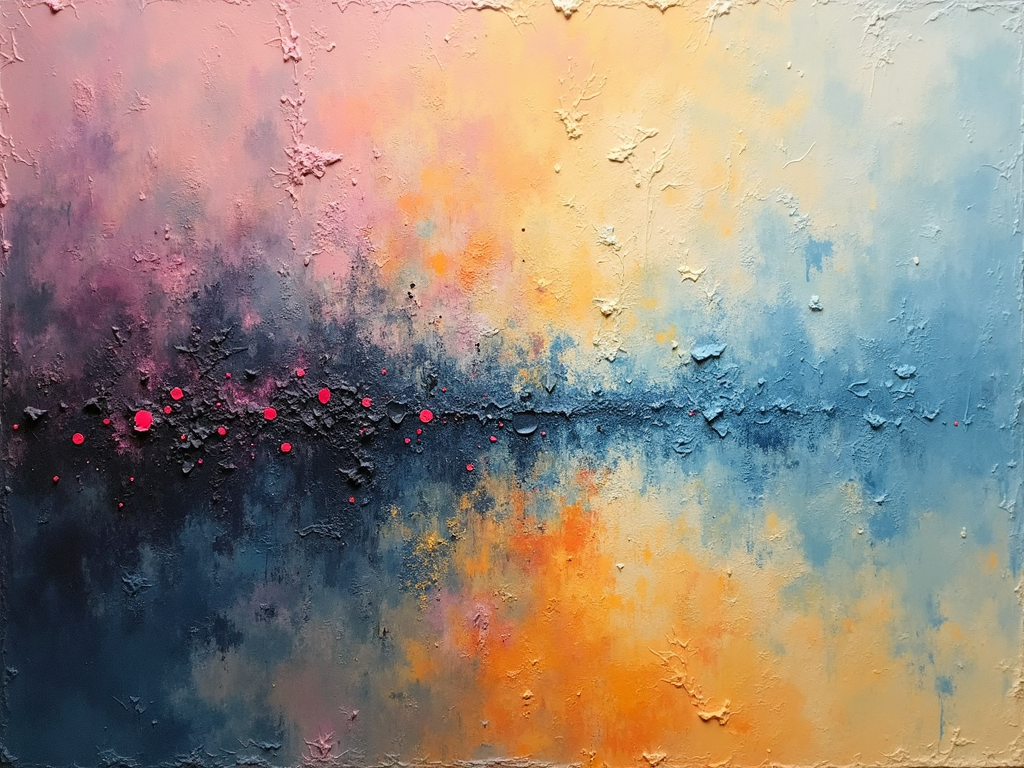
Summary
Advanced Brush Techniques for Artists like dry brushing, stippling, and scumbling can make your paintings stand out. Add innovative painting tools for efficiency and DIY Painting Hacks for Perfect Results to boost your skills. Practice them, mix them, and watch your art soar. You’ve got this!
Related Advanced Brush Techniques for Artists:
- Painting Tools Every Artist Needs
- Choosing the Right Power Tools for Your Projects
- Understanding Hammer Dynamics and Ergonomics: A Comprehensive Guide
- Tool Organization 101: Essential Tips for Painters and DIY Enthusiasts
- How to Maintain Your Workbench: A Comprehensive Guide for Professionals and Hobbyists
- The Impact of Black & Decker on the DIY Movement
- Power Tools for Beginners: A Comprehensive Guide
- Best Tools for DIY Home Painting
- Safety First: A Guide to DIY Safety Gear
- The Ultimate Guide to Tool Sharpening Techniques
- The Evolution of Workman Tools: From Past to Present
- Top Workbench Accessories for Every Craftsman
